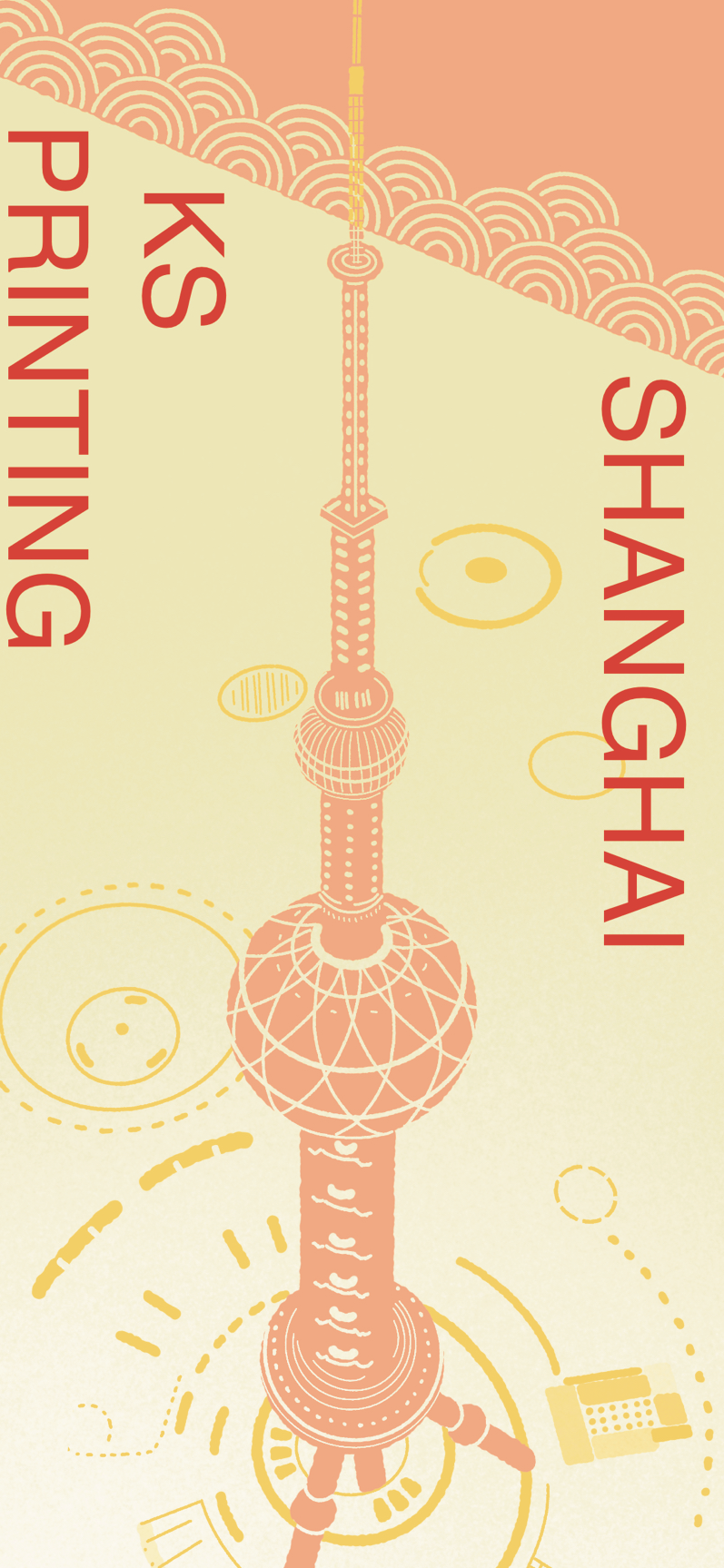Call Us
+86-021-54700256
Email Us
info@shksprinting.com
What you didn't know about the quality of paper in book printing can be checked this way?
2021-03-10
What you didn't know about the quality of paper in book printing can be checked this way?
KS-printing Factory staff not only know the varieties and weights of printing paper, but the engineers who have been printing books in China for years will also know more about the terminology. Let's see what else we know about printing paper.
Whiteness: Whiteness of paper or cardboard refers to the reflectivity of white or near-white paper or cardboard surface to blue light, expressed by comparison with the reflectivity of the surface of a standard plate of magnesium oxide illuminated with blue light.
Thickness: Thickness indicates the thickness of the paper.
Permeability: paper permeability is in a certain area and a certain vacuum, the amount of air per minute through the paper or the time required to pass 100ml of air, expressed in ml/min. Breathability is not only to identify the gap between the layers of paper but also to test the paper's ability to prevent moisture. Air permeability increases and decreases with the tightness of the paper.
Ash: Ash is the ratio of the weight of the residue after burning paper or cardboard to the weight of the absolute dry sample, expressed as a percentage.
Moisture: Moisture is an important indicator of the detection of paper. Paper moisture affects the weight of paper, strength, durability, specification stability, ink acceptance, finishing, softness, and the overall printing performance of paper and electrical properties.
_949196.png)
Tightness: Tightness is the weight of paper and paperboard per cubic centimeter. The result is expressed in grams per cubic centimeter. Tightness is a measure of the structural tightness of the paper or cardboard, which is the basic performance of paper and cardboard. It is closely related to the paper's porosity, absorption, rigidity, and strength, affecting the optical properties of paper and paperboard, printing properties, and physical properties.
Smoothness: Smoothness is the time required for a certain volume of air to pass through the gap between the sample surface and the glass surface under a certain vacuum, expressed in seconds.
Tensile strength: Tensile strength refers to the tension of paper or cardboard.
Tearing degree: Tearing degree is the force required to tear the pre-cut specimen to a certain length, expressed in millinewtons (tons). The degree of paper fracture is the ability of paper and cardboard to resist cracking.
Folding resistance: folding resistance is the number of times the paper and cardboard can withstand 180 reciprocal foldings under a certain tension.
Elongation: Elongation refers to the paper or cardboard in a certain tension, its elongation as a percentage of the original sample length.
Elongation is an important indicator of the strength and toughness of the paper.
Shrinkage: Shrinkage is the relative change in the size of the paper after soaking in water at a certain temperature and drying. They are expressed as a percentage increase or decrease in the size of the original sample.
The engineers at China Book Printing know more cold knowledge about booklet printing. Are you interested in this knowledge?
Try sending us an email; we are a very early printing service company in China, we have very much experience in printing, we are also visited by many customers, we have met many international friends in international conventions, we are very happy to share our experience with you.
_19890.png)
Want to know what kind of books are the best in book printing? Click to find out.
X
We use cookies to offer you a better browsing experience, analyze site traffic and personalize content. By using this site, you agree to our use of cookies.
Privacy Policy








































